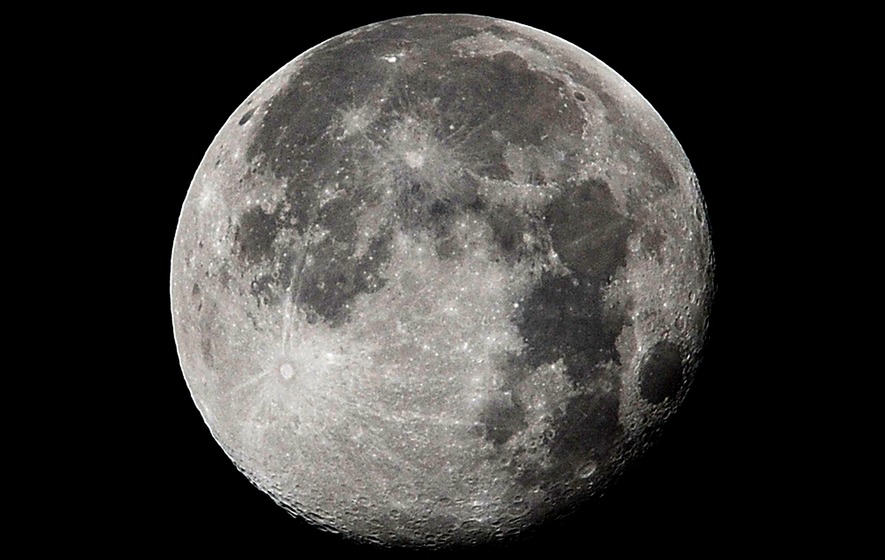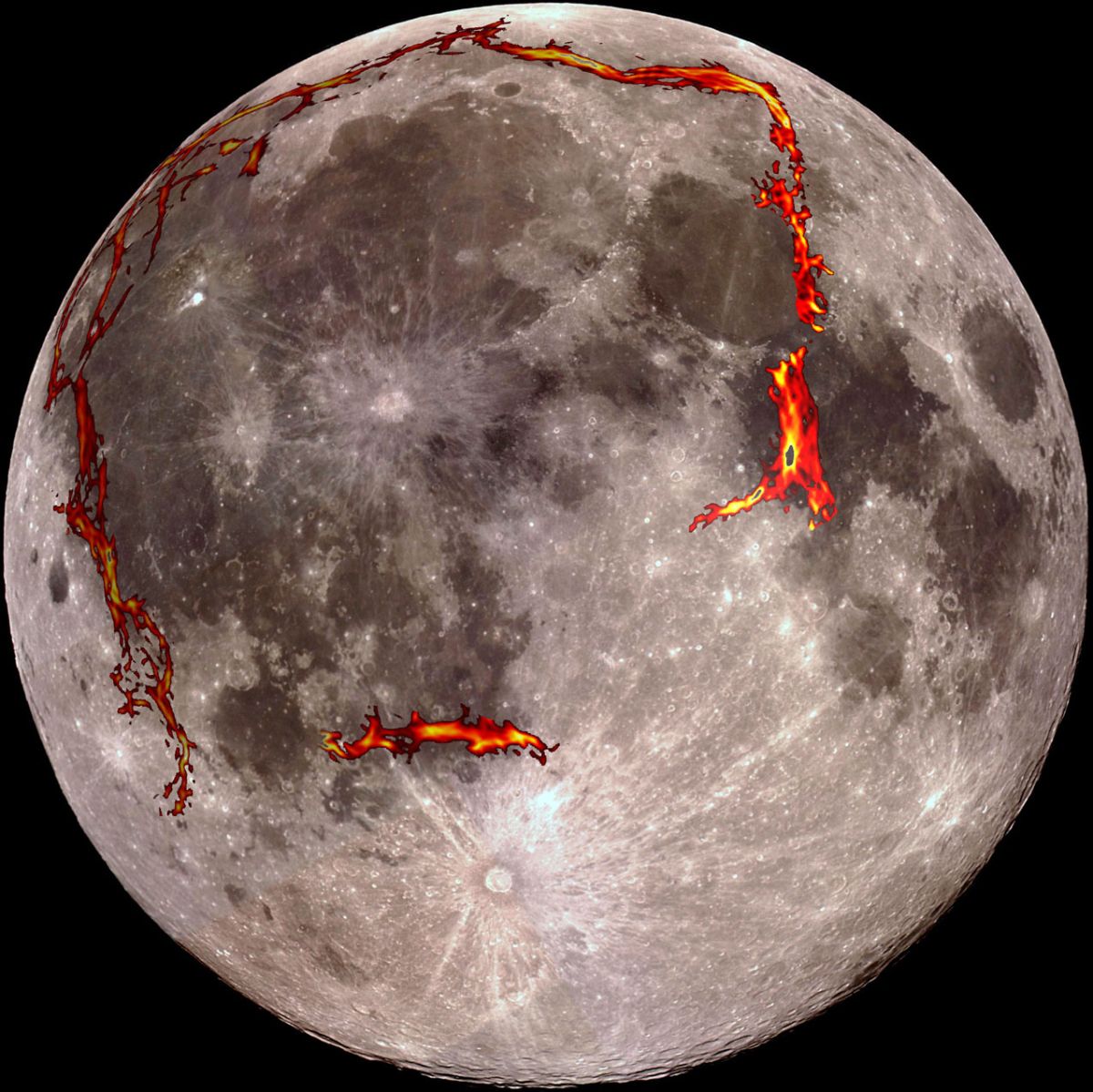Scientists suspect that the eruption of volcanoes on the Moon billions of years ago could throw out a considerable amount of water. Layers of ice may still be hiding under the surface of the satellite.

Volcanoes on the ancient Moon
Billions of years ago, volcanoes erupted on the surface of the Moon, which, together with lava and carbon dioxide, released a large amount of water vapor into space. Scientists from the University of California at Boulder came to this conclusion after analyzing a number of studies, including data from the Chanye-5 apparatus.
According to these data, the dark areas of the lunar surface are solidified lava. At the same time, the eruptions on our moon did not stop almost immediately after its formation, but lasted from 4 to 2 billion years ago.
Data analysis shows that during peak activity, eruptions on the Moon occurred approximately once every 22 thousand years. Since the gravity on the Moon is much less than the earth’s, the gases did not settle to the surface, but remained above the surface for some time, forming a temporary atmosphere.

Where to find layers of ice on the Moon
Scientists have estimated that the temporary atmosphere on the Moon after the eruptions could last about 1,000 years. During this time, it completely dissipated in outer space. But not completely. Scientists have calculated that water vapor during this time managed to settle on the surface in the form of ice.
Calculations show that up to 41 percent of water could be preserved on the Moon in this way. It could form layers of ice tens of meters thick. Over time, they were strewn with silicate rocks. Scientists expect that they can be found in the polar regions of the Moon. They can serve as a good basis for a future base on the moon of our planet.
According to phys.org
Follow us on Twitter to get the most interesting space news in time
https://twitter.com/ust_magazine
